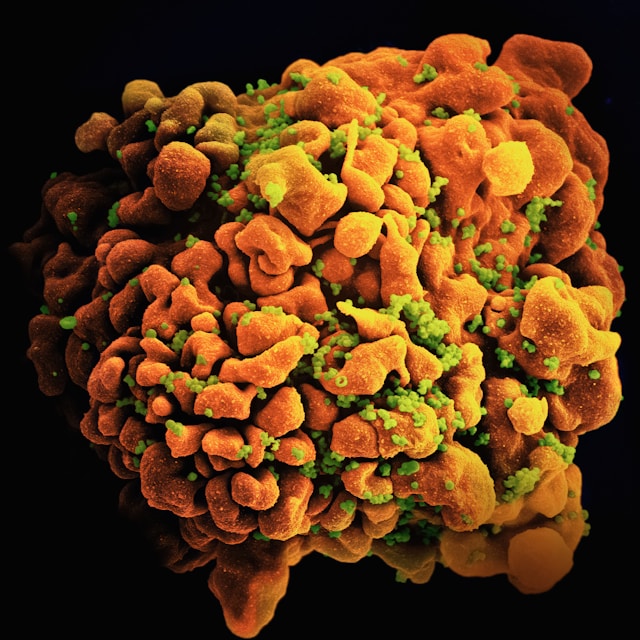The Engineering Potential of VHH Antibodies: Small Format, Big Possibilities

Single-domain antibodies (VHHs or nanobodies) are already well-known for their compact structure, high stability, and unique ability to target hard-to-reach epitopes. But their true power lies in what comes after discovery: engineering.
Thanks to their small size and simple structure, VHHs can be customized, linked, and repurposed in ways that traditional monoclonal antibodies (mAbs) can't easily match. This makes them ideal candidates not just for therapeutic development, but also as modular building blocks for biotech innovation.
1. Multivalent and Bispecific VHHs
Unlike full-sized antibodies, which are structurally constrained, VHHs can be fused together to create:
Multivalent constructs that bind multiple copies of the same target (enhancing avidity)
Bispecific VHHs that engage two different targets simultaneously
This opens up possibilities for applications such as:
Redirecting immune cells to tumor cells
Simultaneously blocking two signaling pathways in cancer
Improving tissue targeting or pharmacokinetics
2. Intrabodies: VHHs Inside the Cell
Because VHHs are soluble and stable in reducing environments, they can function inside the cytoplasm—something conventional antibodies struggle with. These intracellular VHHs (or "intrabodies") are already being used to:
Inhibit viral replication inside host cells
Block pathogenic protein interactions in neurodegenerative diseases
Visualize cellular protein dynamics in real time
3. VHH-Drug Conjugates and Imaging Agents
Engineered VHHs can also serve as targeting modules for:
Antibody-drug conjugates (ADCs) with high tumor penetration
Radio-labeled imaging probes for diagnostics (e.g. PET, SPECT)
Tissue-specific delivery systems for small molecules or siRNA
Their rapid clearance and deep tissue access make them ideal for diagnostic and therapeutic use where traditional antibodies are limited by size and retention time.
4. Humanization and Fc Fusion
To improve half-life and immune compatibility, VHHs can be:
Humanized to reduce immunogenicity in clinical settings
Fused to Fc domains to extend serum half-life and enable effector functions like ADCC or CDC
This engineering flexibility allows VHHs to scale from research reagents to clinical-grade therapeutics with relative ease.
Conclusion
The discovery of a good binder is just the beginning. With VHHs, their true strength is unlocked through smart engineering—allowing scientists to design multifunctional biologics, flexible diagnostics, and next-generation research tools.
At AlpalifeBio, we help researchers and companies not only discover high-quality VHHs, but also explore their full engineering potential. Whether you're building a bispecific molecule, an intrabody, or an imaging agent, we're here to support every step of your VHH journey.